I was really excited to see the South Course at Arcadia Bluffs when it opened and I made a special short trip up to the area in September 2018, just a few months after it opened, to play it (as well as nearby Champion Hill and Pinecroft). And it was worth the trip; this is a completely different type of course for Michigan public course golfers. It’s designed in the style of Charles Blair MacDonald and Seth Raynor, whose deep, angular bunkers and replica holes (like the Biarritz and Redan greens) are well-known to those who have seen their work at Chicago Golf Club and Fishers Island--but of course very few Michigan public course golfers (including me) have been to those. And I think that this style fits the relatively flat terrain very well. It’s very aesthetically efficient, allowing the architects to create visual and strategic interest in an otherwise modest setting.
The first time that I played here, the starter suggested that I play the set of tees slightly longer than what I’m used to doing because it would enable me to stay short of many of the fairway bunkers with my drives. He was correct and that prefaced what would become my primary problem with the course: that the tee shots felt too similar from hole to hole, typically with staggered bunkers on the left and right and one somewhere in the middle of the fairway. Another noteworthy feature is that many of the greens are squared off on the edges, although this is much more noticeable if you look at the course on Google Maps. I wouldn't be surprised if a lot of people fail to notice this while playing.
And the first hole, a medium length par 4 offers a good taste of this: there’s a fairway bunker short right that the good player can either skirt or carry and one long left that’ll catch you if you try to hit a long ball and pull it. I like this hole because there’s plenty of room out there and if you carry the right bunker, it opens up a nice angle to the green. As we can see, the green opens from the right and slopes back to front. Almost all of the greens on the South Course are huge and full of slopes and little contours. It’s important to know where the flag is on the green and also important to allow for bounce and run-up, as both the fairways and greens are quite firm and immaculate.
The first time that I played here, the starter suggested that I play the set of tees slightly longer than what I’m used to doing because it would enable me to stay short of many of the fairway bunkers with my drives. He was correct and that prefaced what would become my primary problem with the course: that the tee shots felt too similar from hole to hole, typically with staggered bunkers on the left and right and one somewhere in the middle of the fairway. Another noteworthy feature is that many of the greens are squared off on the edges, although this is much more noticeable if you look at the course on Google Maps. I wouldn't be surprised if a lot of people fail to notice this while playing.
And the first hole, a medium length par 4 offers a good taste of this: there’s a fairway bunker short right that the good player can either skirt or carry and one long left that’ll catch you if you try to hit a long ball and pull it. I like this hole because there’s plenty of room out there and if you carry the right bunker, it opens up a nice angle to the green. As we can see, the green opens from the right and slopes back to front. Almost all of the greens on the South Course are huge and full of slopes and little contours. It’s important to know where the flag is on the green and also important to allow for bounce and run-up, as both the fairways and greens are quite firm and immaculate.
After a short carry over a trench bunker, the short par 4 second requires the play to lay-up short of a center bunker or play long left to get closer to the green. The green is a double plateau, with high wings in the back left and right and a low front and back middle. It’s very difficult if the pin is on one of the plateaus in the back. As with several greens, the good player will want to check the pin location on the tee to choose the best angle from the fairway (right side for a back left pin, left side for back right).
The par 5 third has a challenging tee shot, with bunkers left and right. But the most difficult shot here is the lay-up, especially if you didn’t hit a good tee shot. There are bunkers across the entire lay-up area. If you can carry them, good; you can just unleash and try to get near the green. But if you’re not sure, you need to be very careful. The angle for the lay-up is a bit better if you’ve played down the right side of the fairway, that way you’re playing along rather than into the right-hand lay-up fairway bunkers.
The long par 4 fourth has an incredibly difficult tee shot, with bunkers everywhere. If you can keep it short of or skirt the fairway bunkers of the left, you’ll have the best angle into this big front-to-back and left-to-right sloping green. This is one of the best looking approach shots on the course and it gives you ample room to run the ball onto the green—important given the length of the hole and the firmness of the conditions. Although the tee shot is a bit of a minefield, the beautiful approach makes this one of the best holes on the course.
The par 3 fifth is very tough—close to 200 yards to an elevated green that has a false front and drops off left and right into bunkers. But it’s very deep and has a high back left shoulder so if you hit a straight ball, you should be able to keep it on. I think that the four par 3s are a bit of a weakness on the South Course. Although there’s plenty of variety in length, they all have false fronts and don’t really let you use the ground to feed the ball onto the green. Unlike MacDonald and Raynor, the architects here didn’t use template holes, they just copied a general style. But those template par 3 holes—like the Redan and the Biarritz would have added nice variety to the mix here as both are designed for running shots and allow the player to use the contours to get the ball to the hole. Even if they didn’t want to copy those holes, they should have captured those playing characteristics in one or two of the short holes.
Standing on the tees of the next two holes, the short par 5 sixth and medium length par 4 seventh, you’re starting to get the feel of the course; there are fairway bunkers in the middle, left, and right, and you need to figure out what the distances are to each of the them so that you can play over/short/around. I like the sixth, which has a very nice centerline bunker about 50 yards short of the green—right where you’d want to land it if you’re coming in from long distance. But the tee shot at the seventh feels a bit cluttered and the green is reminiscent of the fifth; you’d better be straight or the ball will roll off left
After a fairly uninteresting medium short par 3 with a big false front, we come to the dogleg left long par 4 ninth, one of the most interesting holes on the front nine. Clearly, the action here is all on the left, with a cluster of fairway bunkers. This suggests that by skirting the bunkers, we’ll end up with the best approach. That’s correct, mostly because it shortens the hole. But a good drive up the left here also neutralizes the major feature of the hole—the spectacles bunkers about 50 yards short of the green. These obscure the green and if you hit a weak tee shot to the right, create a difficult carry hazard. You’ve got a free ride to the big undulating green if you carry them, but they’re just in the right spot to make a formidable carry hazard if you hit a weak drive.
The back nine is a little bit hillier than the front nine and has, I think, a bit more variety (although not always for good). The tenth is the standard staggered left-right fairway bunkers with an open approach to a big green with a false front. The eleventh is a long, interesting, and very difficult par 5. The tee shot is straight-forward; just keep it short/left of the fairway bunkers. But then it gets interesting. Lay-up placement is more important on this par 5 than about any other I can think of. You can see that the green curves right around a deep bunker in front, suggesting that you should play toward the fairway bunker on the left. This is truer that you’d think. The green complex is very convex, angling from front left to back right, with a false front and dropping off into deep bunkers front right and behind. If the flag is back right, you can’t get at it unless you have the optimal angle in the left side of the fairway. If you’re in the right rough on the lay-up, it’s difficult to hit the green at all because you’re on a downhill lie playing into the shallow aspect of the green. This is one of the most difficult par 5s in the state, but unlike some of the other contenders (i.e., the first at Greywalls), it’s very playable if you think your way around it and have good (if not flawless) execution.
The twelfth is a down hill par 3 to a horseshoe green with a bunker in its crux. To me, not a very interesting hole and very annoying if you get on the wrong side of the green (to be fair, you could probably use the contours to work it around the bunker). The thirteenth is the least typical hole for the course so far: it’s a dogleg right and you’re looking a just a single bunker through the fairway with a big hill on the right. The objective here is to cut off as much of the hill as you can. Then you have a blind shot over two trench bunkers to an enormous punchbowl green. Some people have said that they don’t like this hole, that it looks like it belongs on the Bluffs Course. That’s exactly why I like it; it’s different from everything so far but still fits the MacDonald-Raynor themes—the punchbowl green was one of their templates.
The par 5 fourteenth and short par 4 fifteenth are back to the standard fairway bunker scheme. The key thing on fourteen, like eleven, is to lay-up to the left. But this green isn’t as severe and if you accidentally hit to the right side of the fairway, you’re still playing into the slope of the green. The fifteenth has a lot of fairway bunkers but I didn’t see much reason to challenge any of them—just hit something out to the left, which will allow you to play your short second into the slope of the green. Sixteen is a very long par 3 with a huge drop-off front-left of the green. You can run the ball onto this green, but there are no contours to help you; you just need to hit it rifle straight to avoid going down into the pit on the left.
You may not have thought it possible, but the last two holes crank up the fairway bunkering even more. The seventeenth has a tiered, quasi-church-pews bunker on the left which is more intimidating than strategic. You just want to play somewhere right of that and short of the trench bunker on the right to set up your approach to a shallow, double plateau green. It’s probably best to play close to the church pews if the pin is back right and to the right if the pin is back left, but the green is so shallow that it’s probably best to aim at the middle of the green, regardless of where the pin is.
The long par 4 eighteenth isn’t a particularly strategic hole—you just need to hit a long drive that avoids all the bunkers to set up an approach to a large, deep green with a front left bunker. The right side of the fairway may be a slightly better angle, but the main thing is to leave yourself a shot short enough to keep the ball on the green.
There’s no doubt that the South Course is an excellent addition to Arcadia Bluffs or that it’s one of the 6 or 7 best public courses in the state. As with the Loop at Forest Dunes, the owners/architects did an excellent job creating a course that was very different from the original. The South Course brings a style of architecture that is unlike anything in the state (except maybe Meadowbrook, of which I’ve only seen pictures). And it might be the most strategic public course in the state, requiring that the players thinks backward from the day’s hole location to the optimal (or away from the bad) spots in the fairway, toward which they should play their tee ball. Combine that with interesting green contours and a pleasing, coherent aesthetic and it’s an excellent course.
Yet I can’t help but think that it doesn’t add up to the sum of its parts. The tee shots feel too similar and often feel mechanical, like a computer had chosen where to place the bunkers. To use the Golf Digest categories, it would score well for shot values, but would be a bit lacking in design variety. It would have been nice to have a bunkerless fairway, a blind uphill tee shot, or maybe another punchbowl green. The par 3s could be more memorable and give you more options in how to play them. But overall, it’s still very good and anyone who goes to Arcadia Bluffs should play it.
There’s no doubt that the South Course is an excellent addition to Arcadia Bluffs or that it’s one of the 6 or 7 best public courses in the state. As with the Loop at Forest Dunes, the owners/architects did an excellent job creating a course that was very different from the original. The South Course brings a style of architecture that is unlike anything in the state (except maybe Meadowbrook, of which I’ve only seen pictures). And it might be the most strategic public course in the state, requiring that the players thinks backward from the day’s hole location to the optimal (or away from the bad) spots in the fairway, toward which they should play their tee ball. Combine that with interesting green contours and a pleasing, coherent aesthetic and it’s an excellent course.
Yet I can’t help but think that it doesn’t add up to the sum of its parts. The tee shots feel too similar and often feel mechanical, like a computer had chosen where to place the bunkers. To use the Golf Digest categories, it would score well for shot values, but would be a bit lacking in design variety. It would have been nice to have a bunkerless fairway, a blind uphill tee shot, or maybe another punchbowl green. The par 3s could be more memorable and give you more options in how to play them. But overall, it’s still very good and anyone who goes to Arcadia Bluffs should play it.
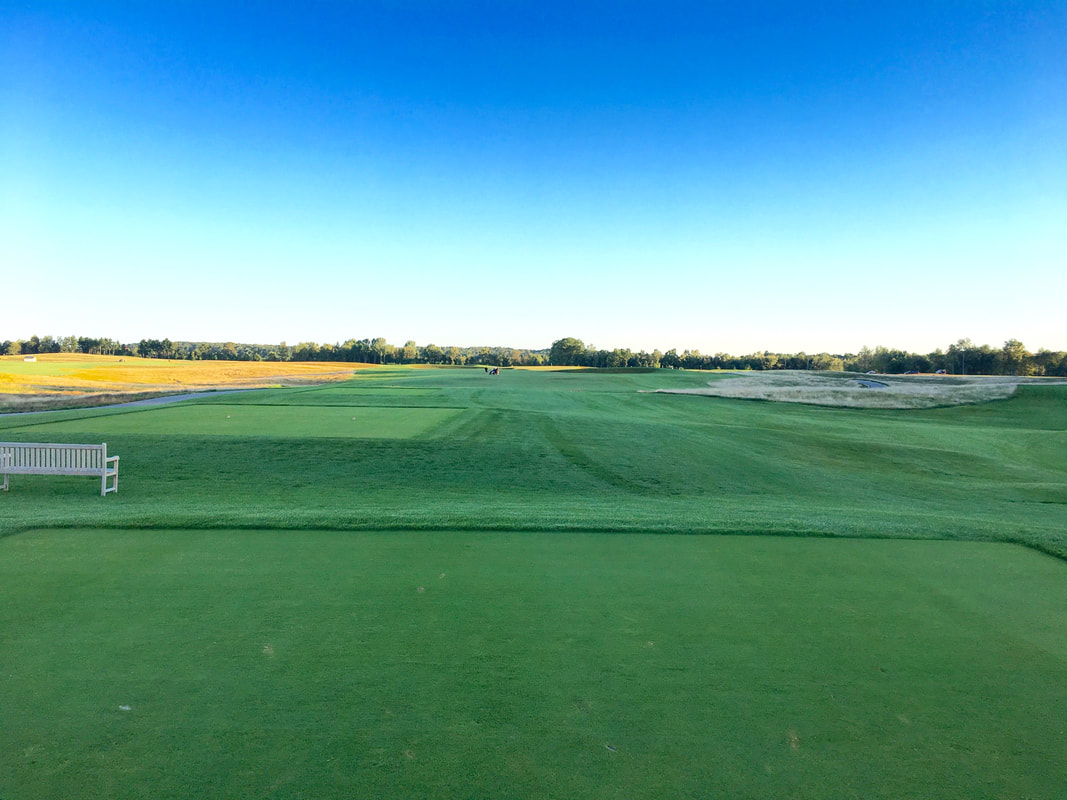
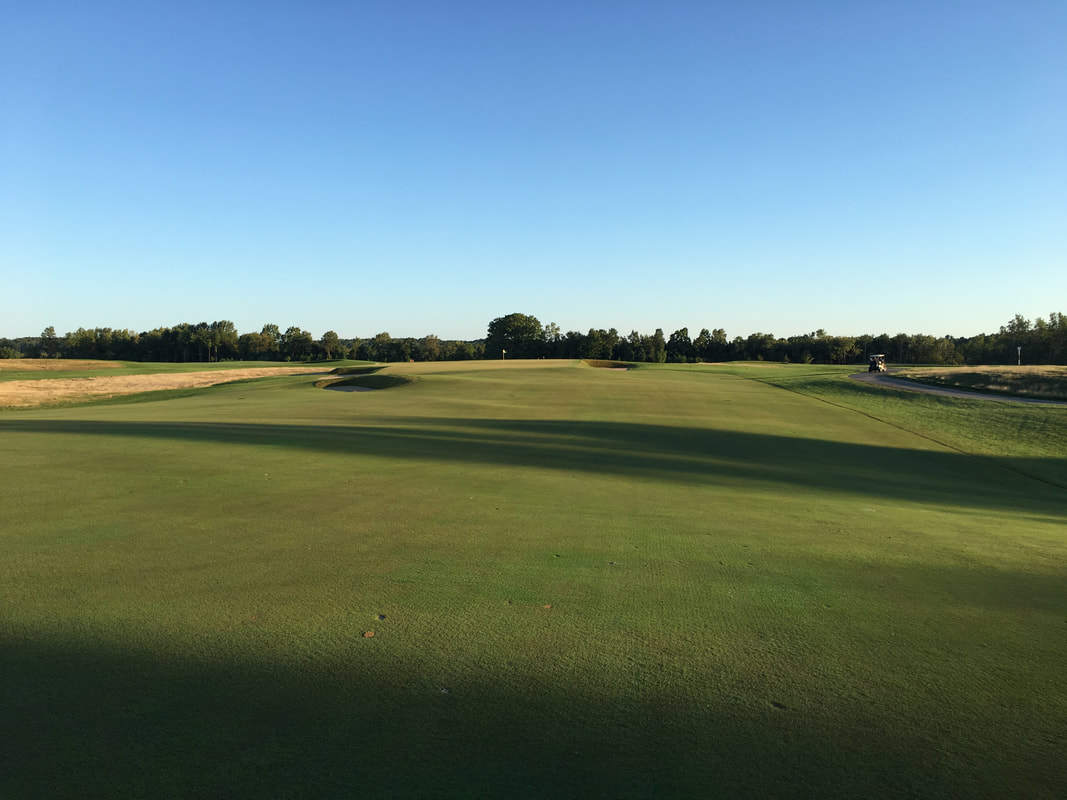
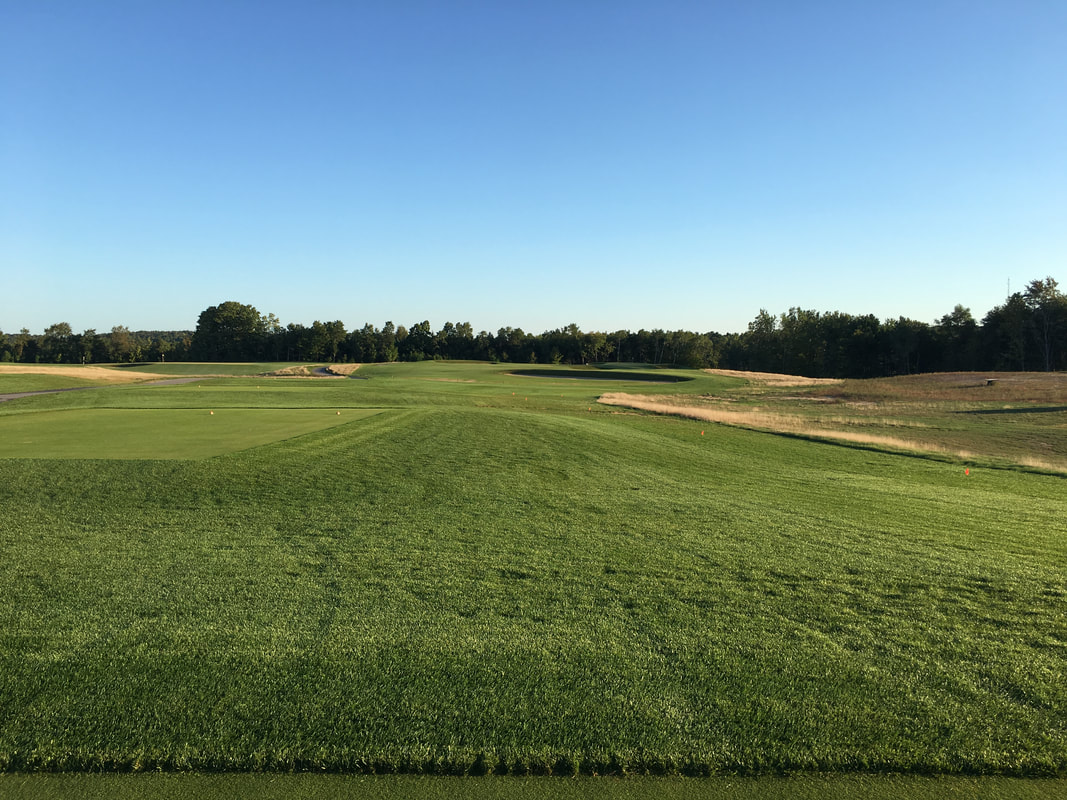
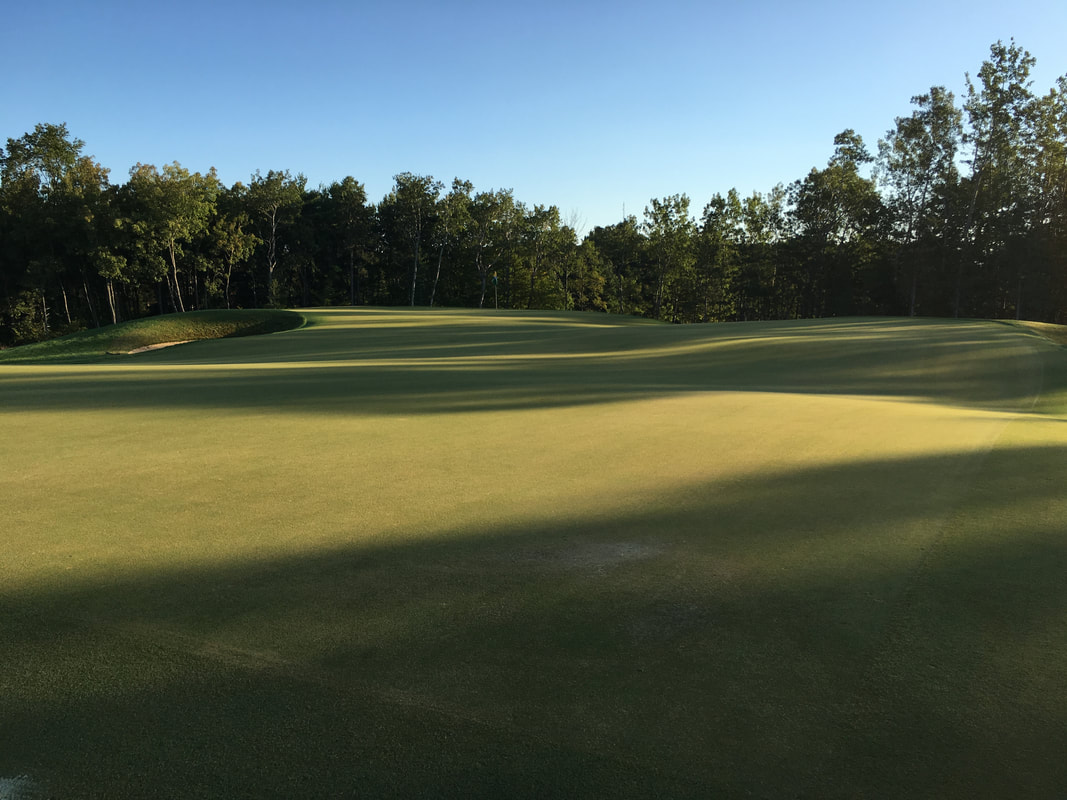
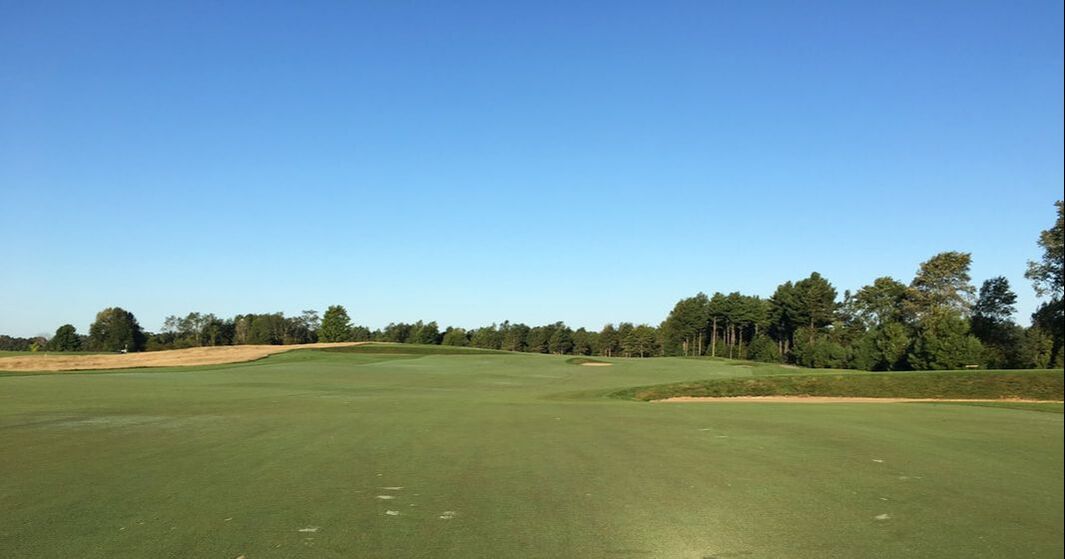
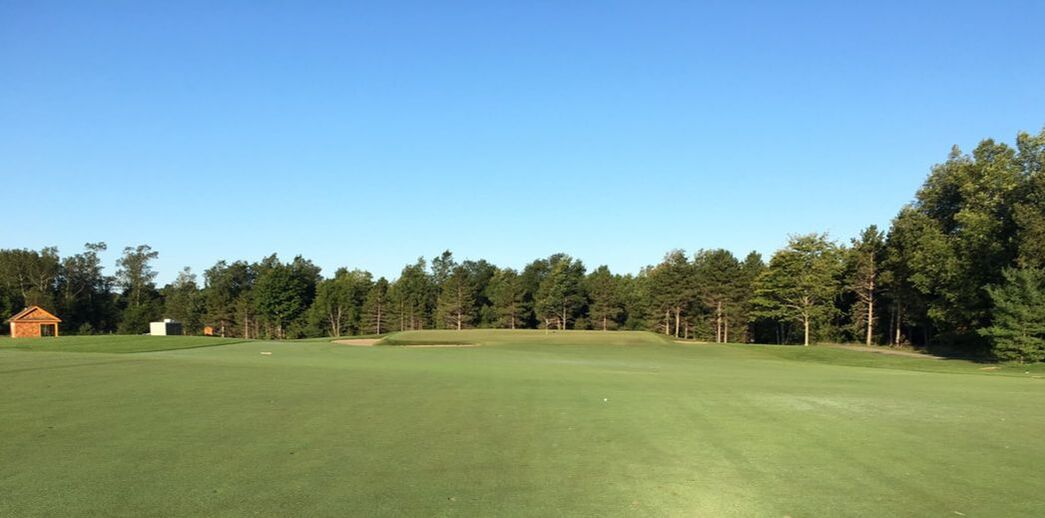
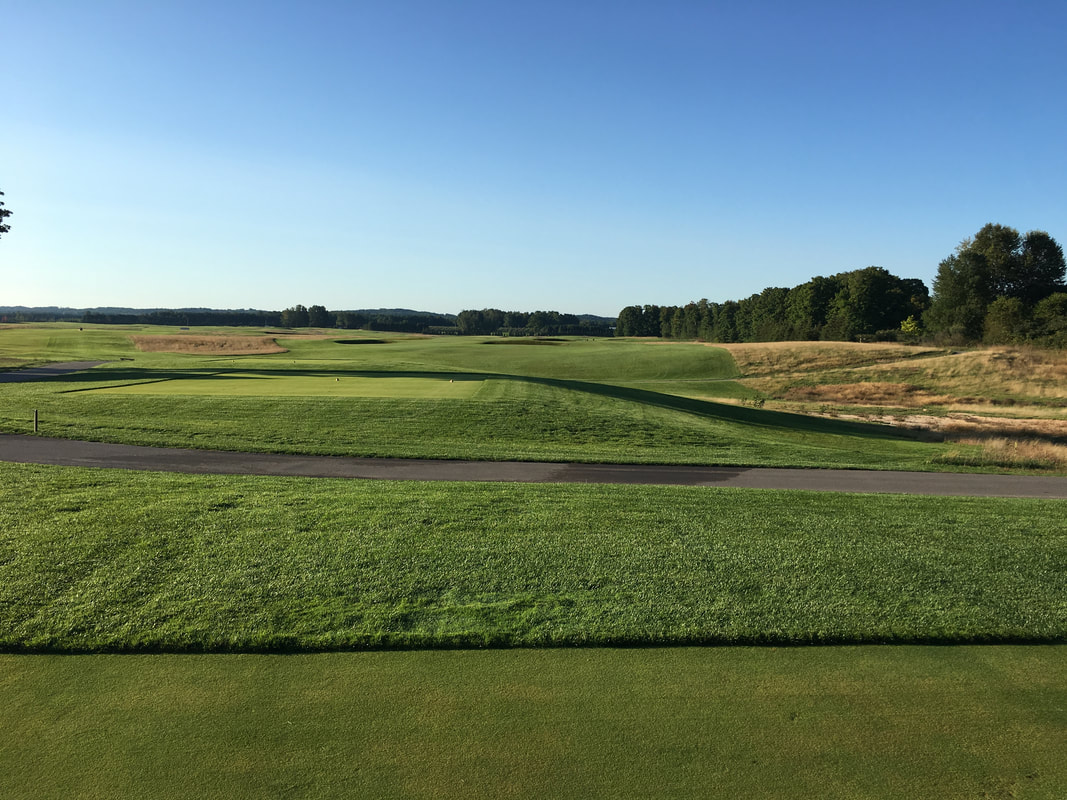
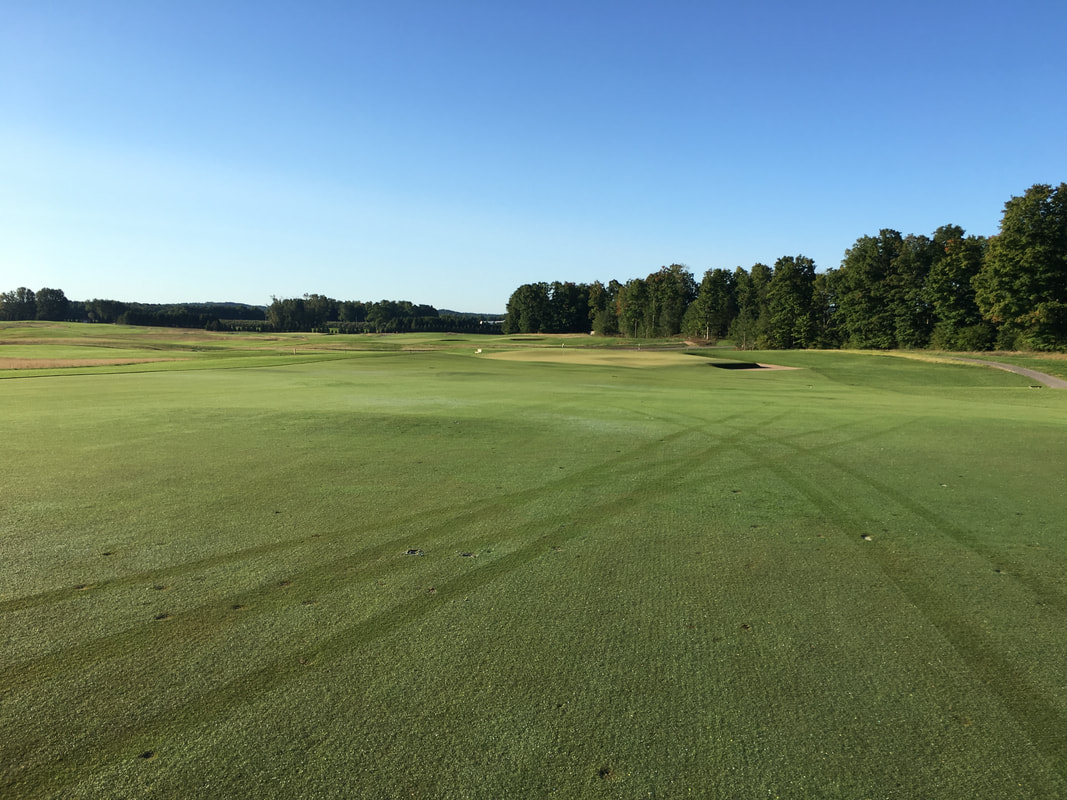
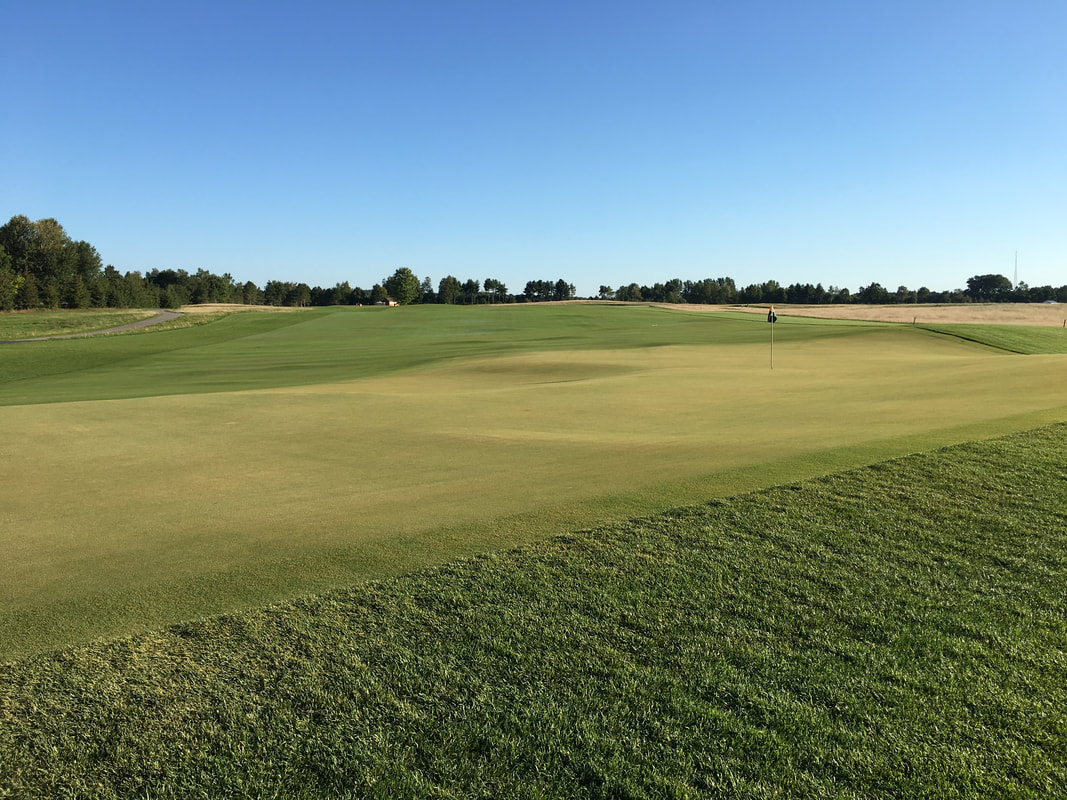
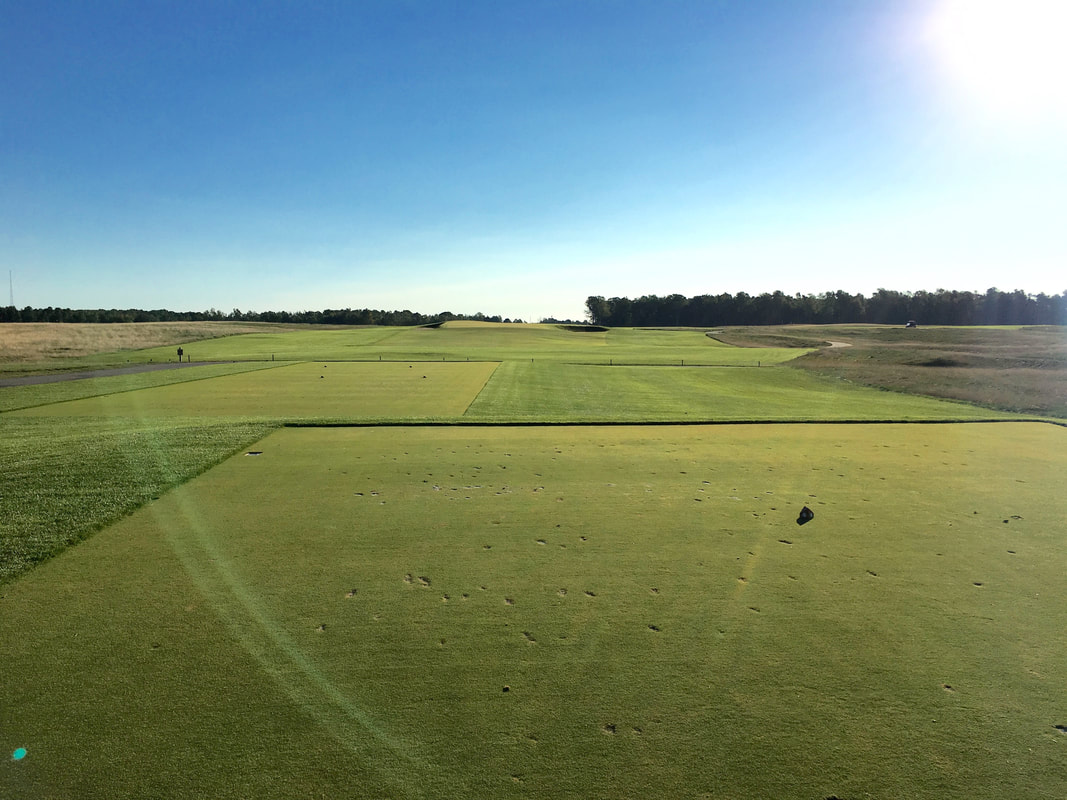
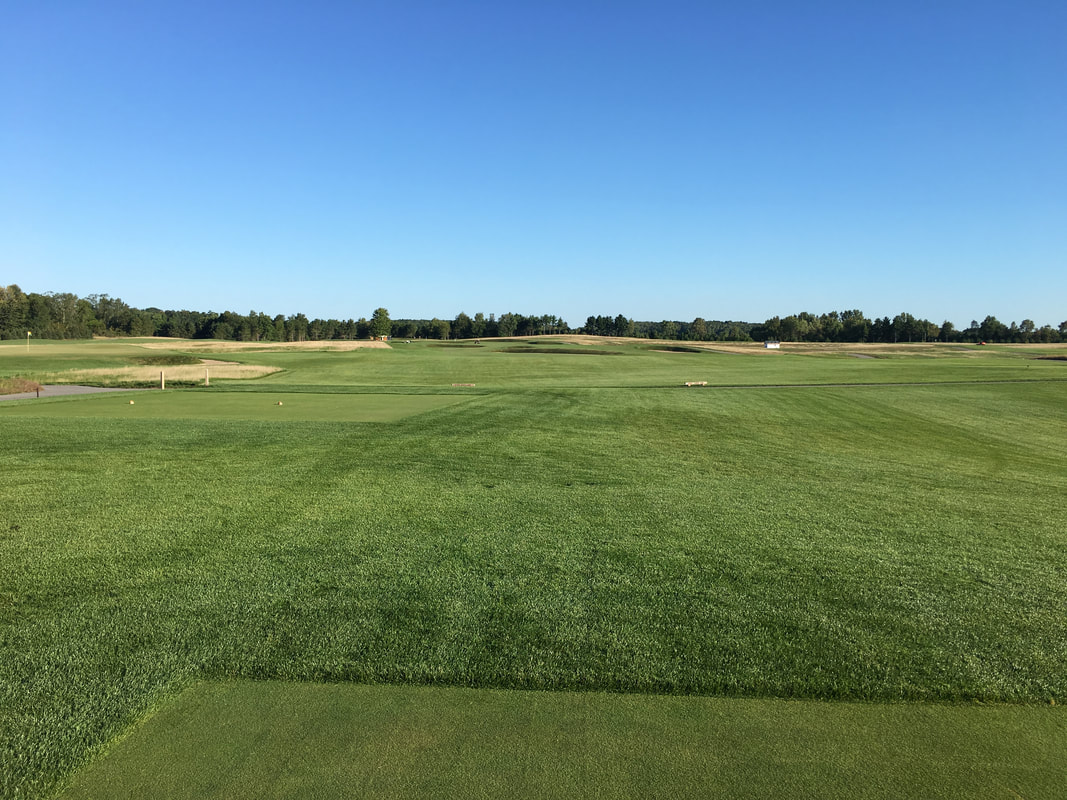
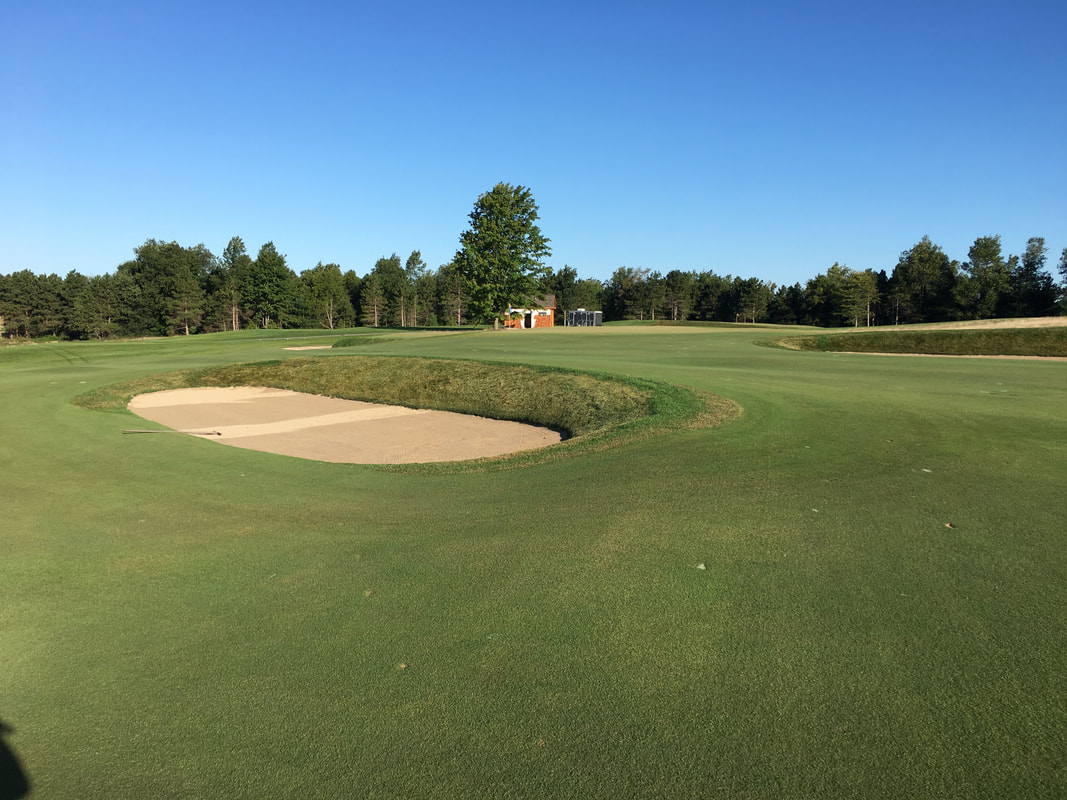
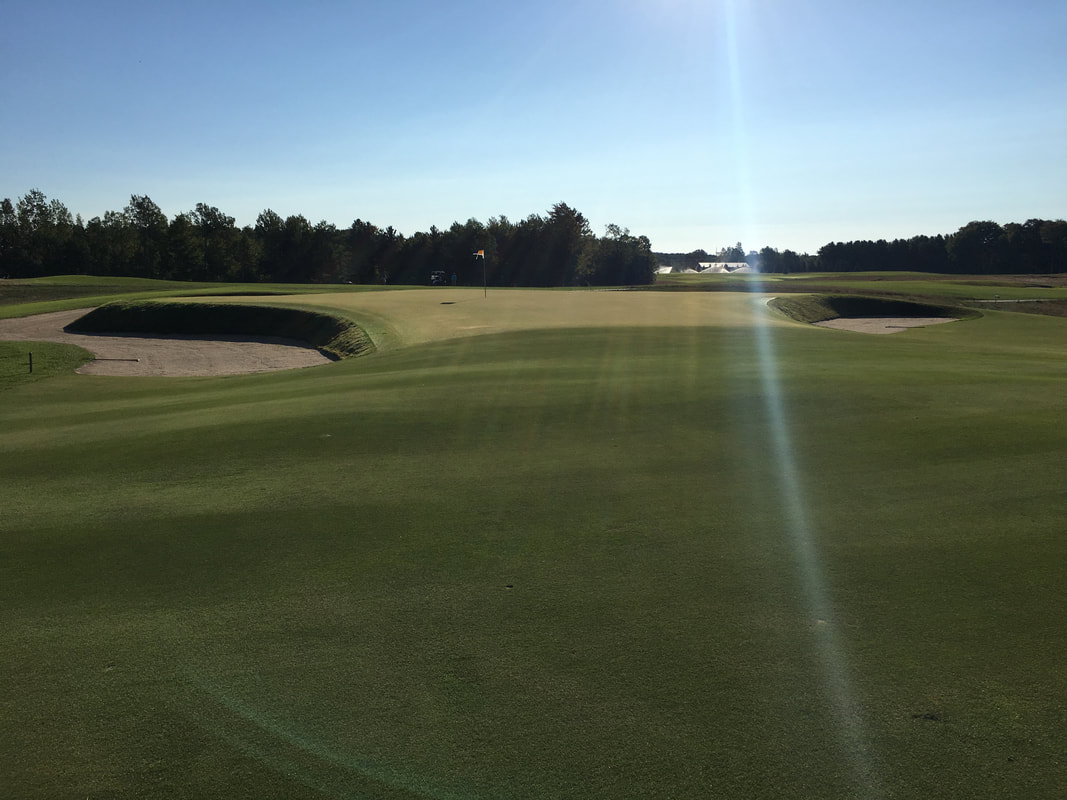
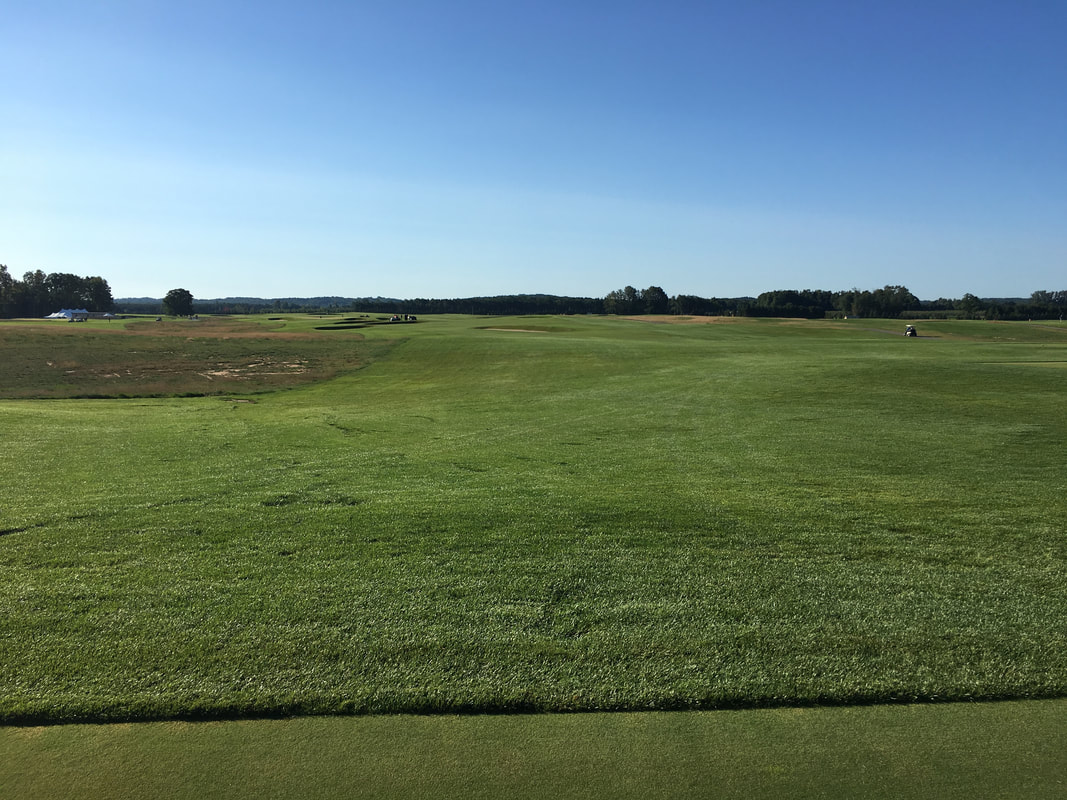
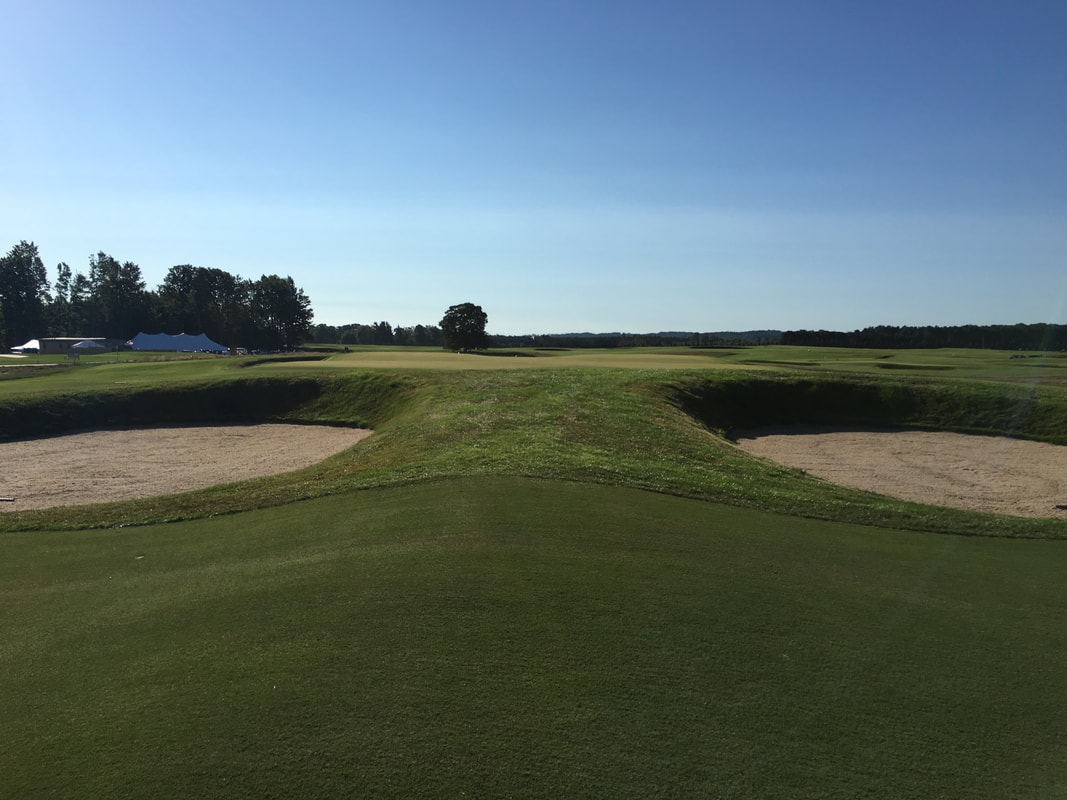
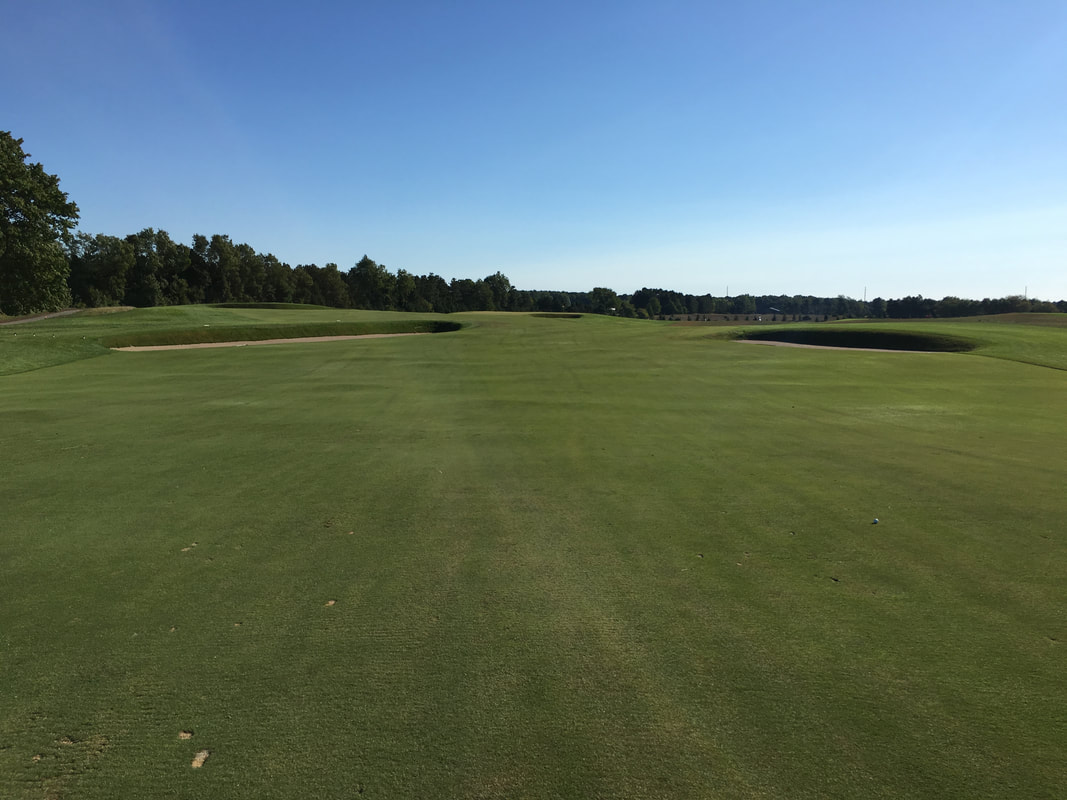
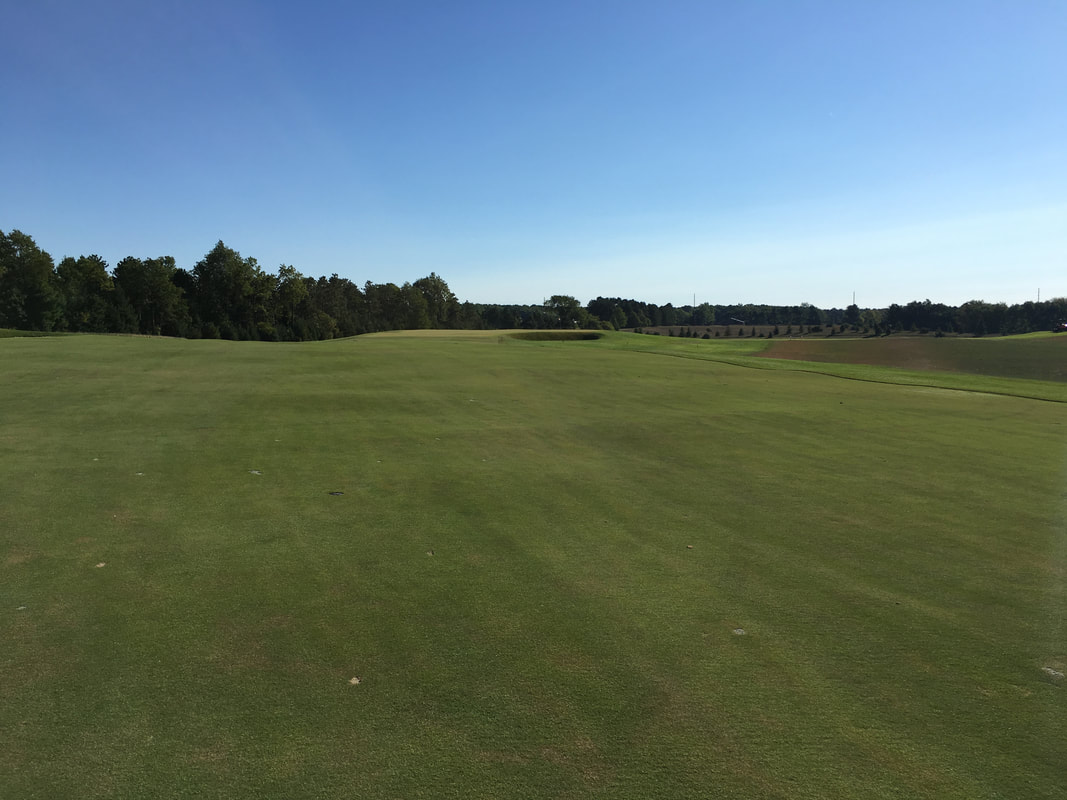
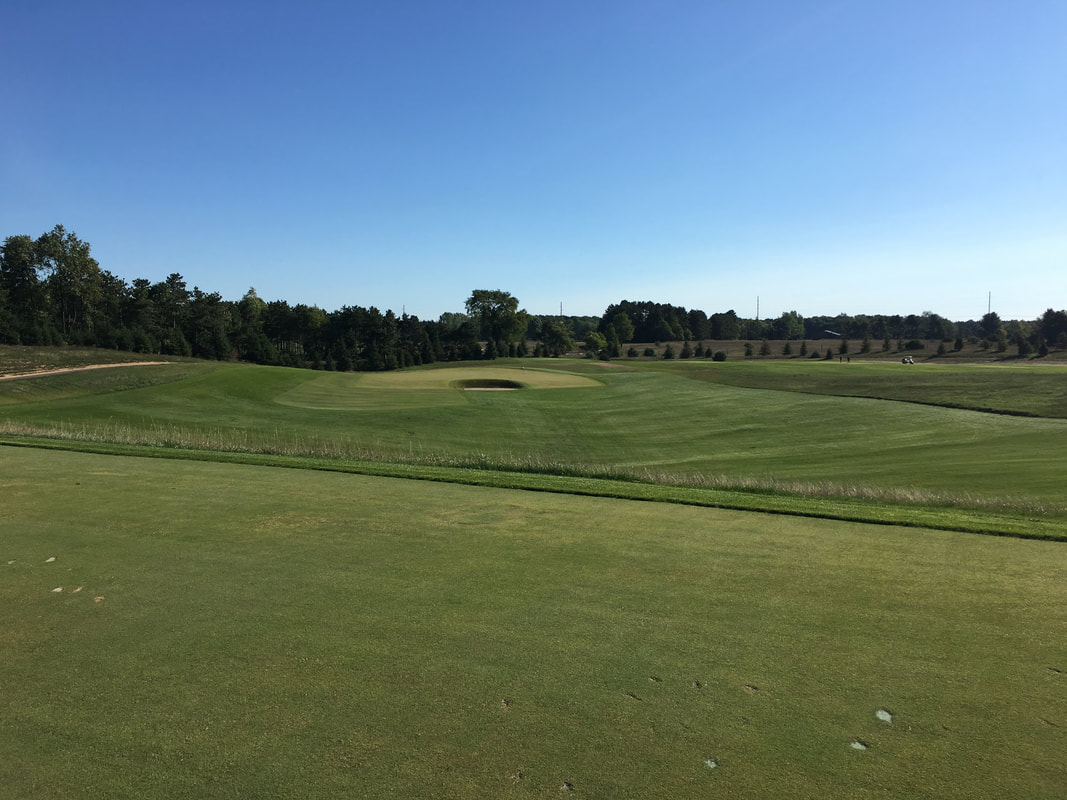
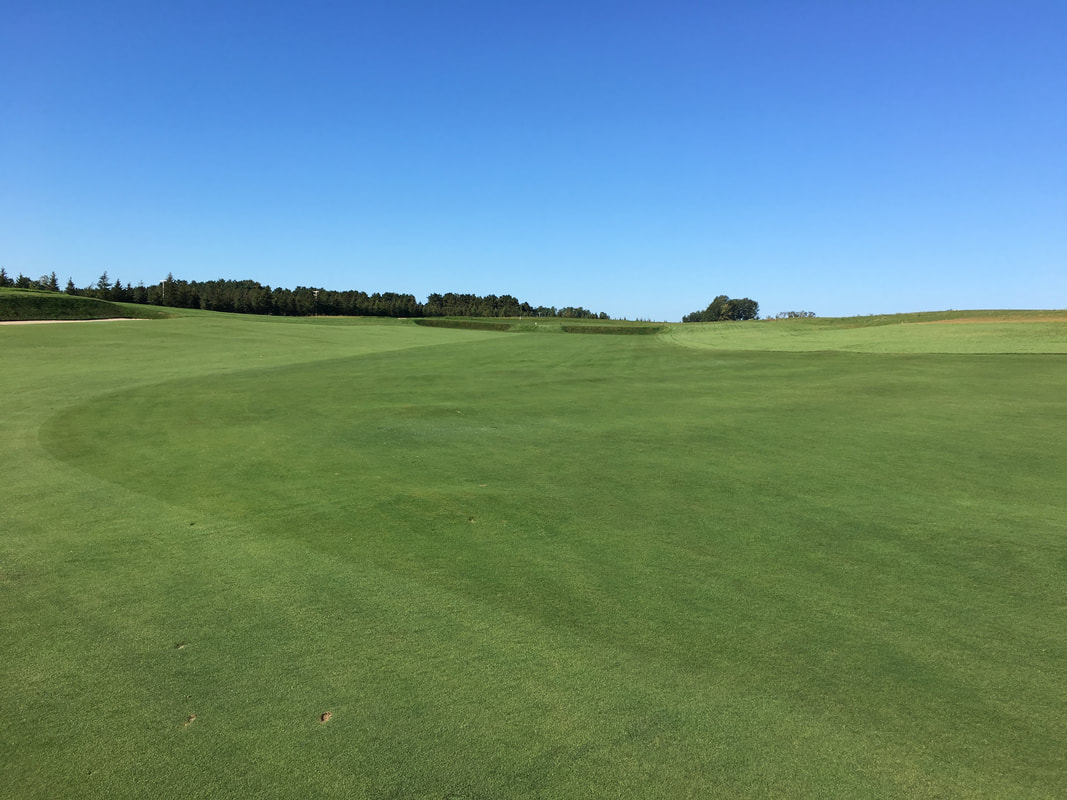
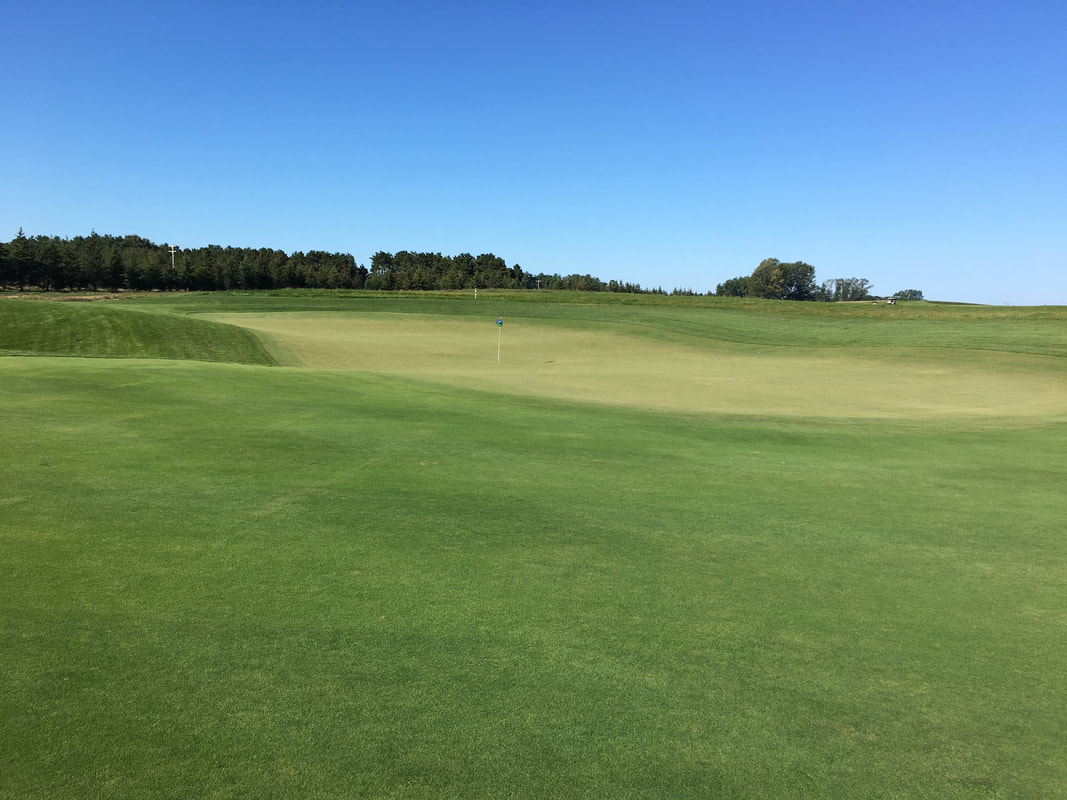
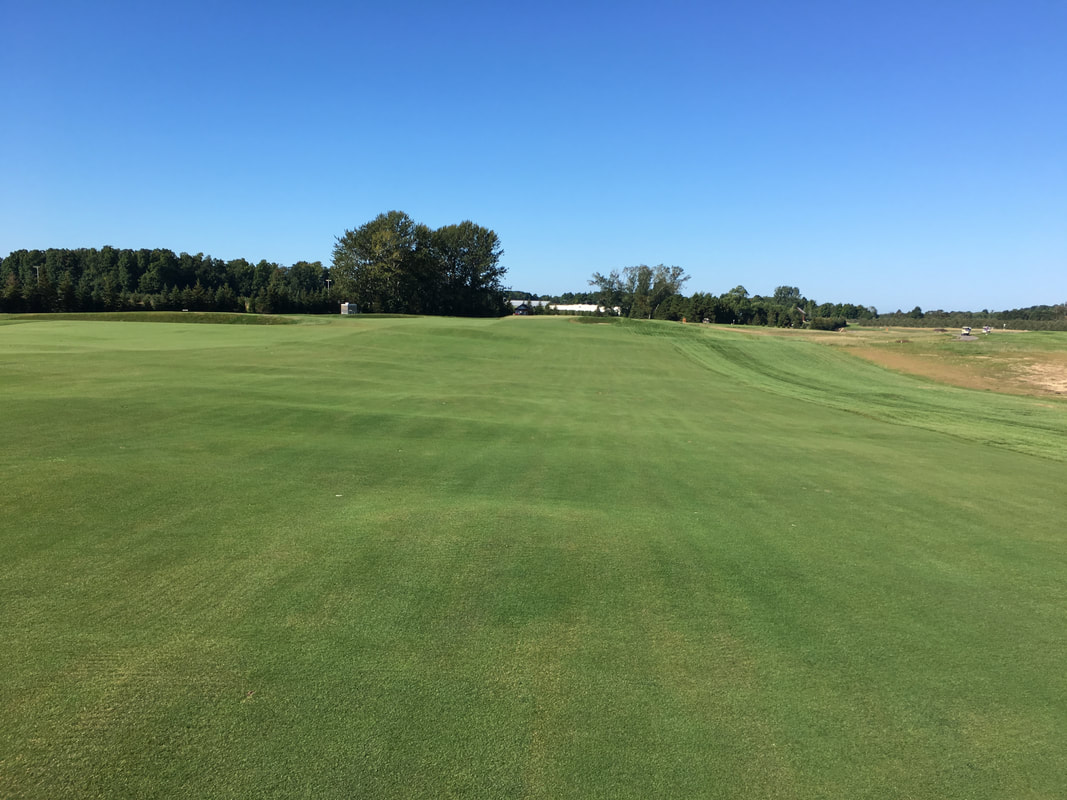
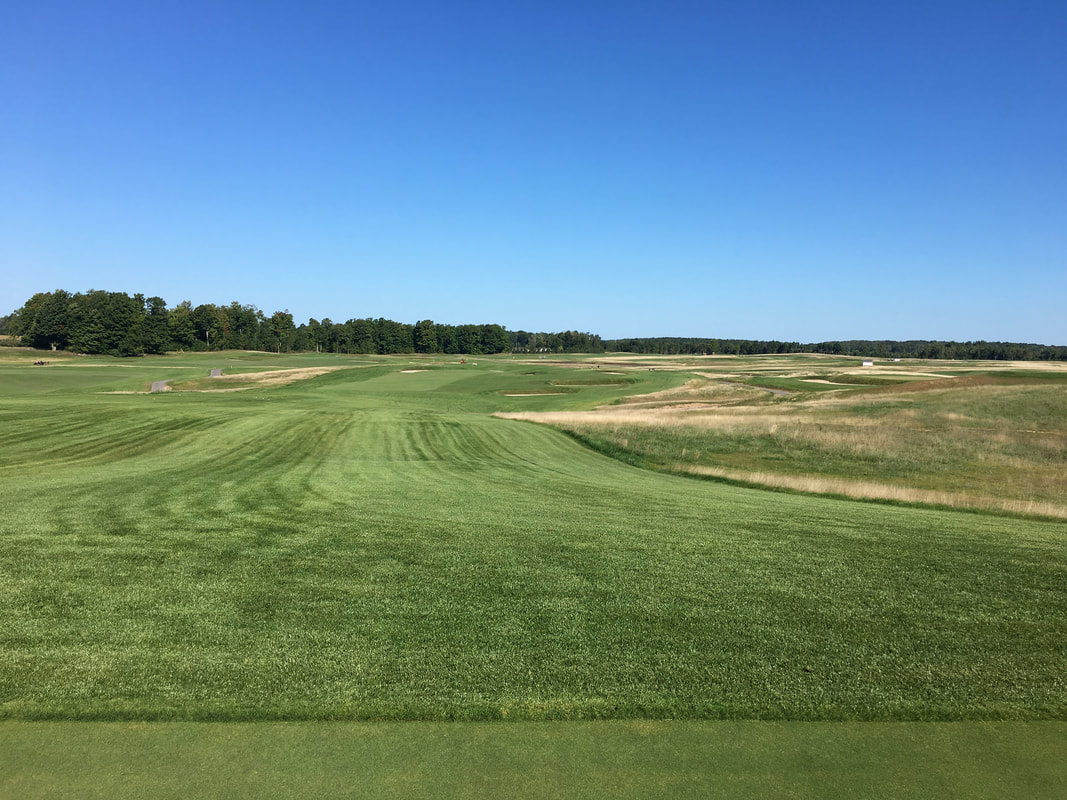
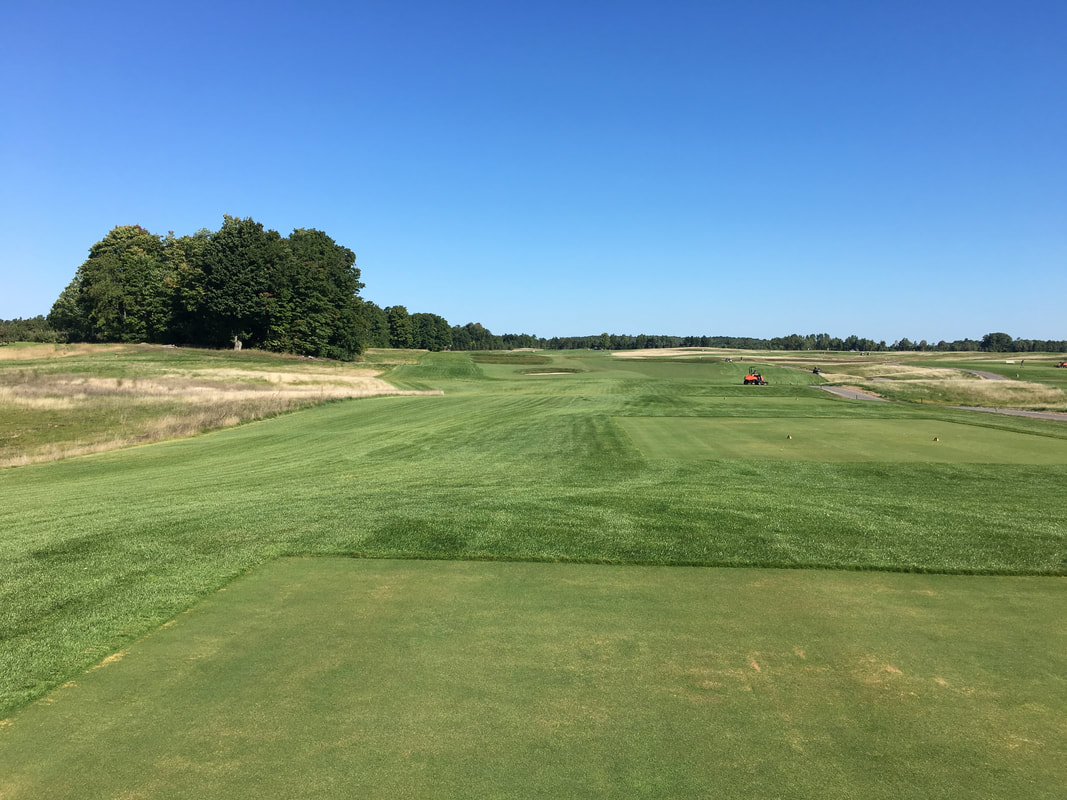
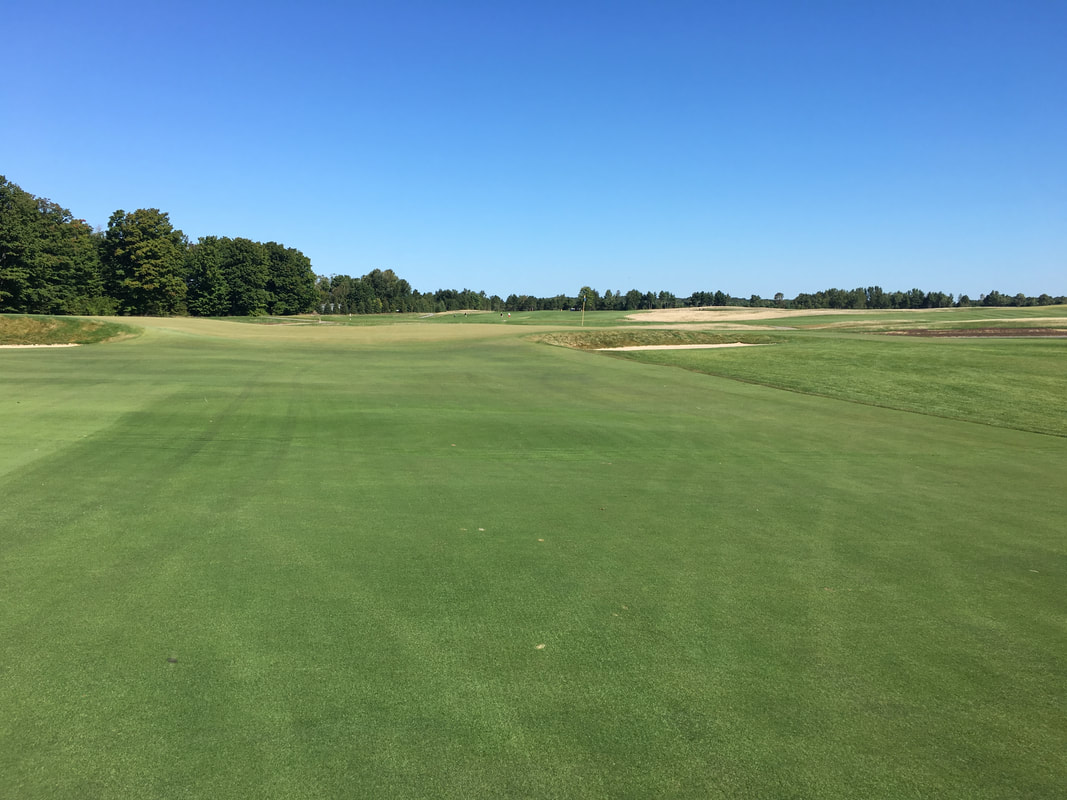
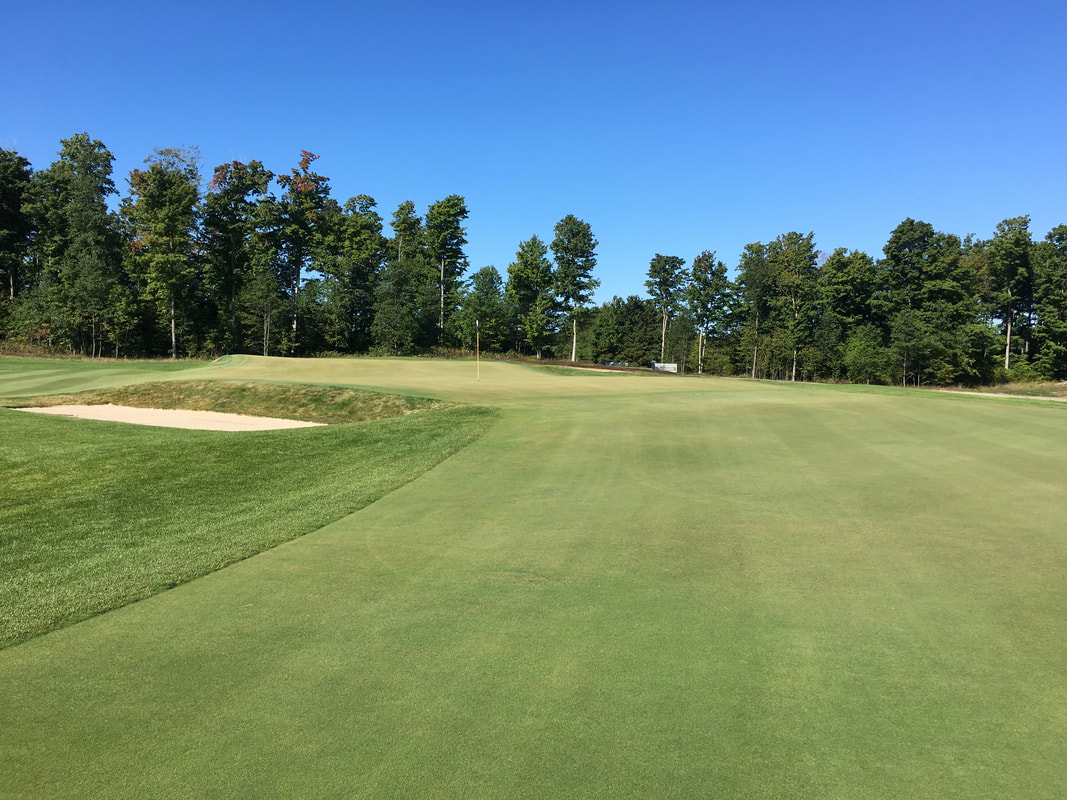
 RSS Feed
RSS Feed